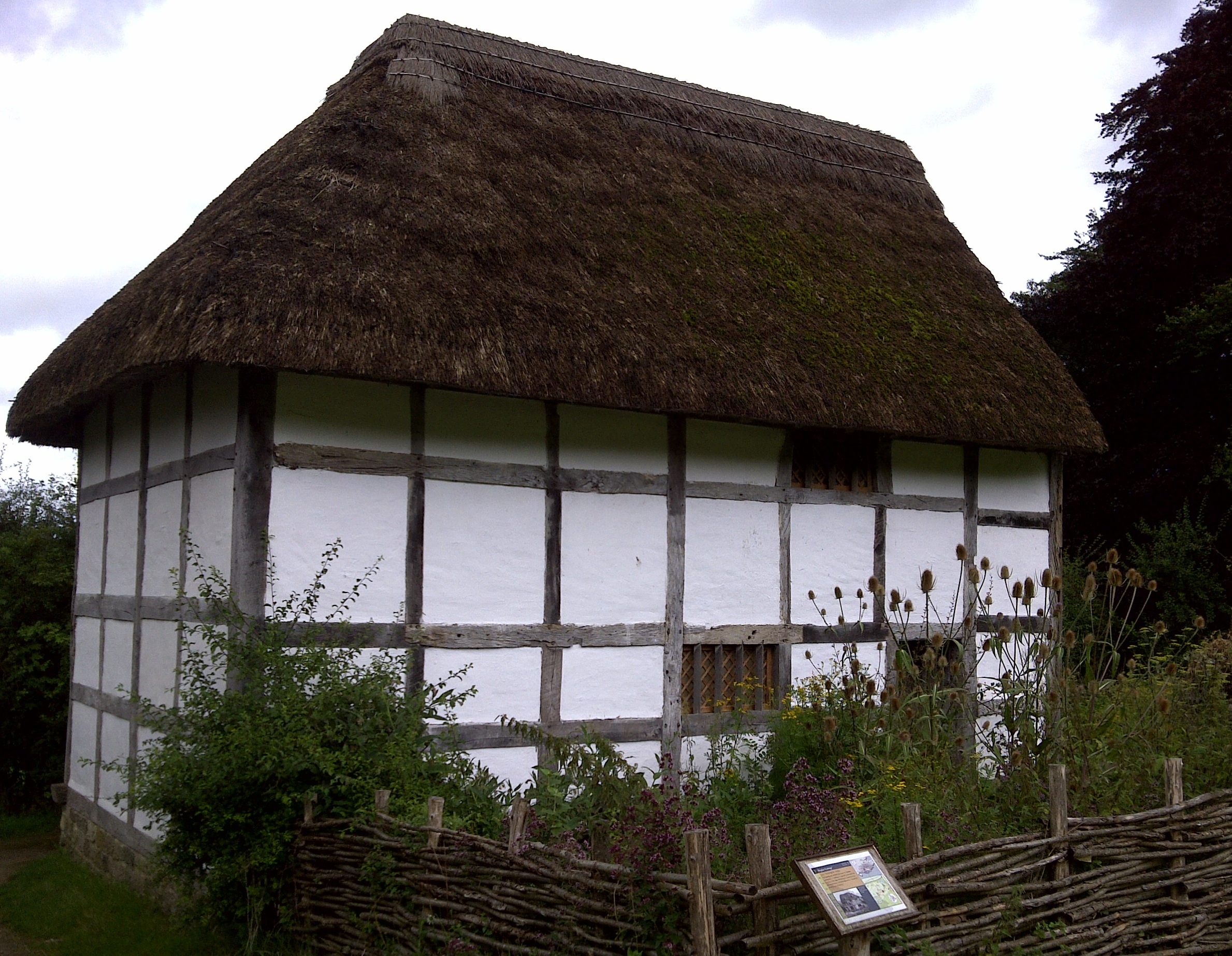Walk in our shoes…
Today in my post, I would like your understanding and for you to spend a couple of minutes humouring me …
Read the original document below – it is from Great Dunmow’s churchwardens’ accounts of 1530 so is the financial records of a church. Read it aloud, without stopping (don’t bother with the Roman numerals for the shillings and pence at the end of each line). Don’t make notes but just read it in straight through in one attempt. If you stumble, just carry onto the next line. Everything you are reading is an English word or person’s name still in use today and all lines should make absolute perfect sense as you read it.

How did you get on? Could you read it? If you could, did you understand exactly what you are reading? Now you’ve finished, can you remember what you read and précis it to someone else? What if you were under pressure reading this in a roomful of your peers who found it easy-peasy? Would it make you break-out in a cold sweat of inadequacy and failure?
Unless you are very experienced in reading Tudor hand writing or you are a palaeography expert, then I suggest you found it very difficult – if not impossible. Not just reading it, but also understanding and remembering it. Did some of the words come in and out of focus – not just literal focus – blurry one minute but clear the next – but also mental focus? One minute you understood something but the next minute you couldn’t and its meaning simply vanished into the deepest depths of your mind?
*+*+*+*+*+*+*+*+*+*+*+*+*+*+*+*
Thank you for humouring me and walking in my severely dyslexic child’s shoes. The difficulty you had in reading this 500 year old document is exactly the same experience my child has every day of his life reading modern English whether in a book, on a favourite iPad game, or written by hand.
Dyslexia is horrible. Not only do dyslexics have to cope with the difficulties you have just experienced but suffers are called “lazy”, “stupid”, “academically challenged” and “thick”. And to top it all, many dyslexic children, such as my child(ren), are denied a proper education suitable for their needs.
I should know. I am dyslexic too. And as a dyslexic, I had absolutely no trouble in reading the extract above because I have no pre-conceived ideas about the English language and ‘spelling rules’. Much like our Tudor accountant who most certainly didn’t know about modern-English spelling – just how many ways can anyone spell ‘church’! I spotted three different spellings just within that one little sample. Also, just look at the last word on second line (before the shillings & pence) and look at our Tudor scribe’s spelling of ‘house’ – ‘hawys’! And our Tudor accountant didn’t know that correct modern grammar meant he should have written ‘from’ or ‘for’ instead of ‘of’!
My child would certainly not make a good Tudor accountant. He’d be able to add up everything in his head without the need of a paper abacus because he’s a whiz at maths, but won’t be able to write it down in any comprehensible way. Oh, and if you think I was mean in displaying the extract in a strange black & white visual, then you may be surprised to know that many dyslexics also suffer from visual perception problems too. My son does. His is called Irlens Syndrome – black ink on bright white paper causes his eyes considerable stress. Not a good syndrome to have when you are also severely dyslexic.
These are just the problems a dyslexic faces when reading. There are equally severe problems with writing, which, for my child, is not helped by his dysprexia which makes pen control very difficult.
But for now, until his needs are properly met, there’s the misery of the school years for him to stagger and lurch through.
Thank you for walking in my son’s shoes
*+*+*+*+*+*+*+*+*+*+*+*+*+*+*+*
Speak roughly to your little boy,
And beat him when he can’t read:
He only does it to annoy,
Because he knows he can really
Chorus: Wah! Wah! Wah
I speak severely to my boy,
I beat him when he can’t read:
For he can thoroughly enjoy
Reading when he pleases!
Chorus: Wah! Wah! Wah
(Written with tongue firmly in cheek and apologies to
Alice in Wonderland by Lewis Carroll
but dedicated to everyone everywhere who doesn’t ‘believe in dyslexia’
or thinks that dyslexic children are lazy or ‘aren’t trying’.)
You may also be interested in
– School Trip Friday – St Michael’s Mount and the Tudor Pretender, Perkin Warbeck
– School Trip Friday – Weald and Downland Open Air Museum
– School Trip Friday – Chapel of St Peter’s on the Wall, Bradwell
– School Trip Friday – Imperial War Museum Duxford
– School Trip Friday – Of Cabbages and Kings
– School Trip Friday – Hadrian’s Wall
– School Trip Friday – Messages from England’s Roman Past
– School Trip Friday – What did the Roman’s ever do for us?
© Essex Voices Past 2013.
 5 March 2013, the Cornish flag on St Piran’s Day, St Michael’s Mount
5 March 2013, the Cornish flag on St Piran’s Day, St Michael’s Mount Perkin Warbeck, the second Tudor Pretender, born circa 1474, executed 1499
Perkin Warbeck, the second Tudor Pretender, born circa 1474, executed 1499 The Castle on St Michael’s Mount
The Castle on St Michael’s Mount The perilous staircase up to the castle on St Michael’s Mount.
The perilous staircase up to the castle on St Michael’s Mount. The view from the top of St Michael’s Mount’s castle
The view from the top of St Michael’s Mount’s castle One of the early-modern canons, now (strangely!)
One of the early-modern canons, now (strangely!) Looking down the canon into the bay
Looking down the canon into the bay The canons on St Michael’s Mount
The canons on St Michael’s Mount The ancient causeway totally under the water of high-tide
The ancient causeway totally under the water of high-tide Medieval stained glass windows from Bruges in the
Medieval stained glass windows from Bruges in the The medieval church of St Michael’s Mount
The medieval church of St Michael’s Mount Medieval stained glass in the church of St Michael’s Mount
Medieval stained glass in the church of St Michael’s Mount A medieval religious object within the church of St Michael’s Mount
A medieval religious object within the church of St Michael’s Mount Re-enacting Perkin Warbeck leaving St Michael’s Mount?
Re-enacting Perkin Warbeck leaving St Michael’s Mount? 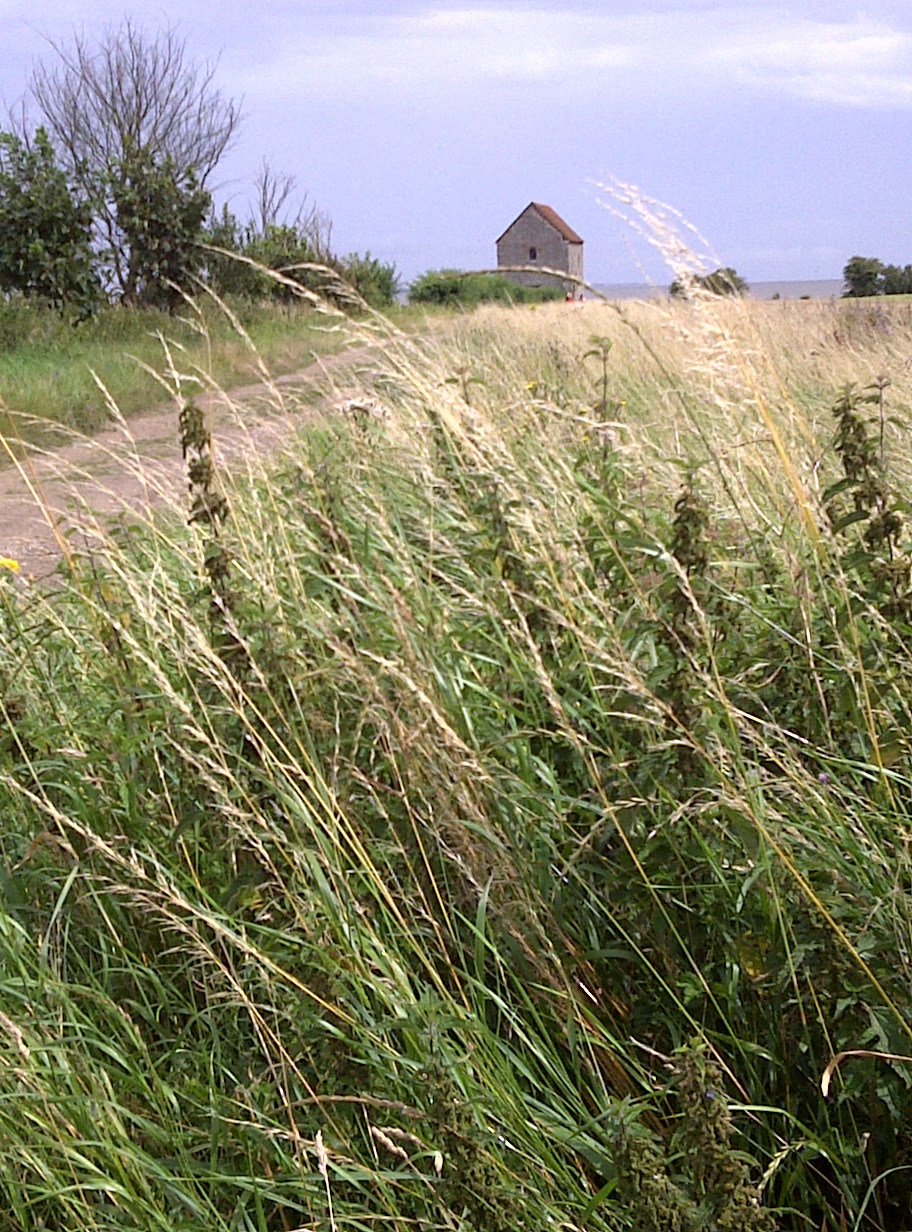
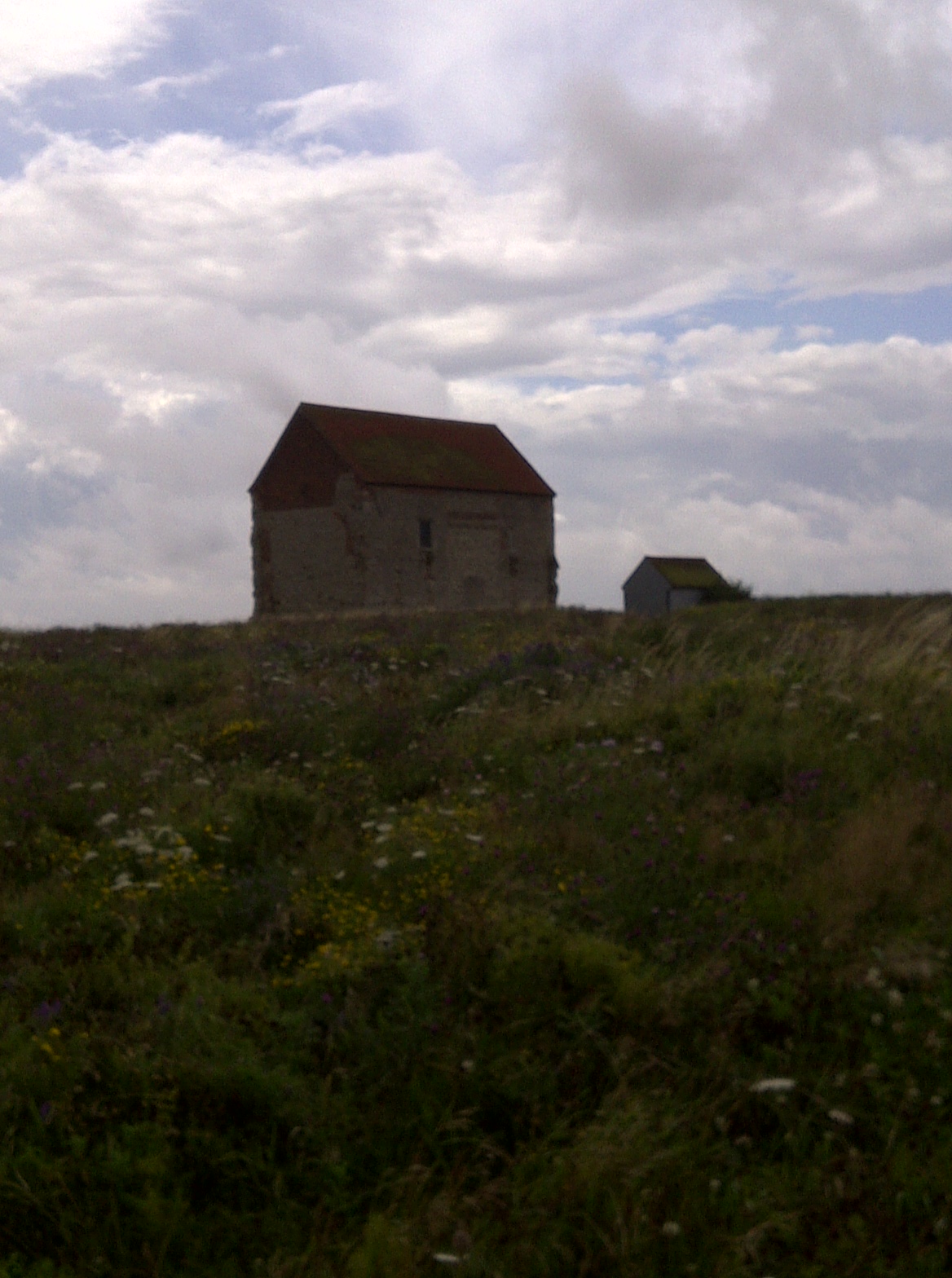 The view of the Chapel from the coast-line
The view of the Chapel from the coast-line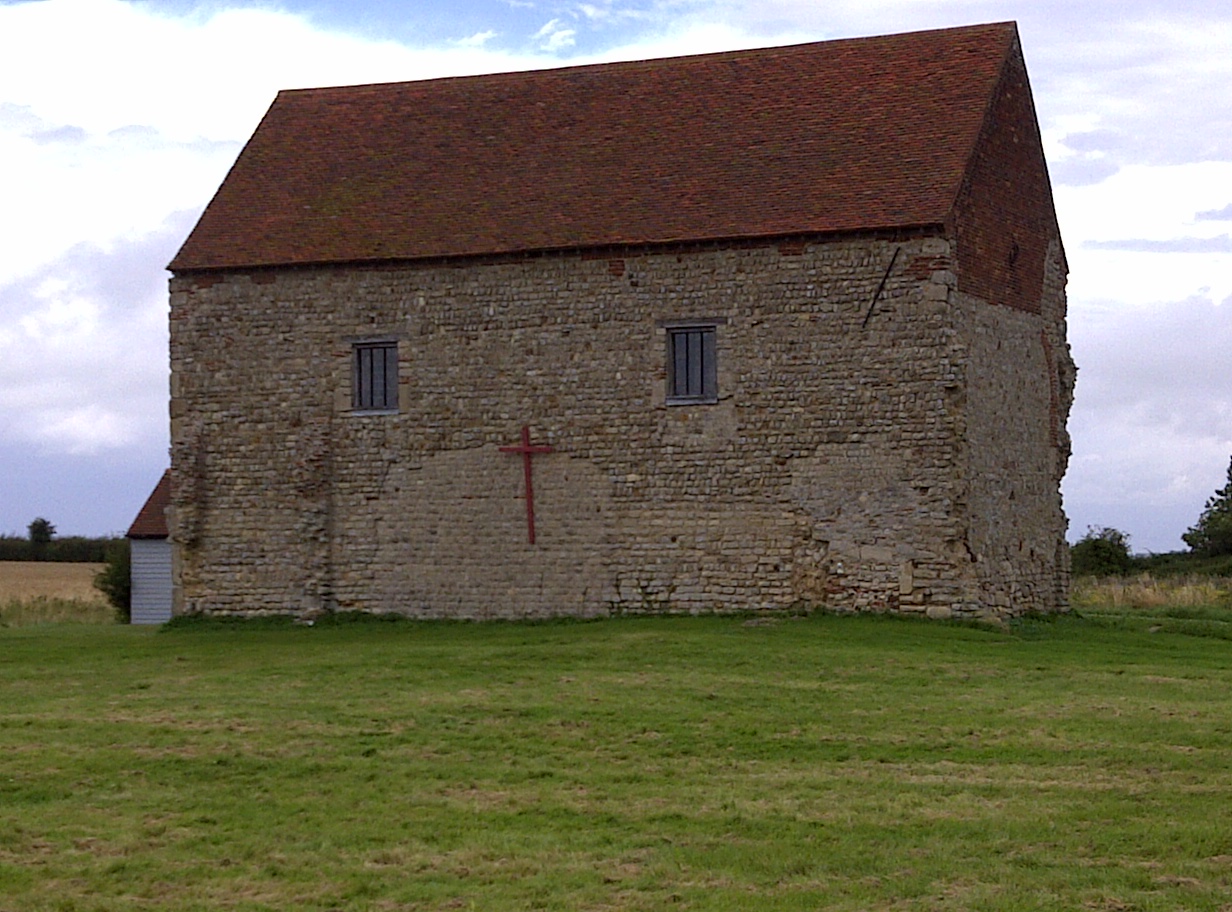 In AD653,
In AD653, 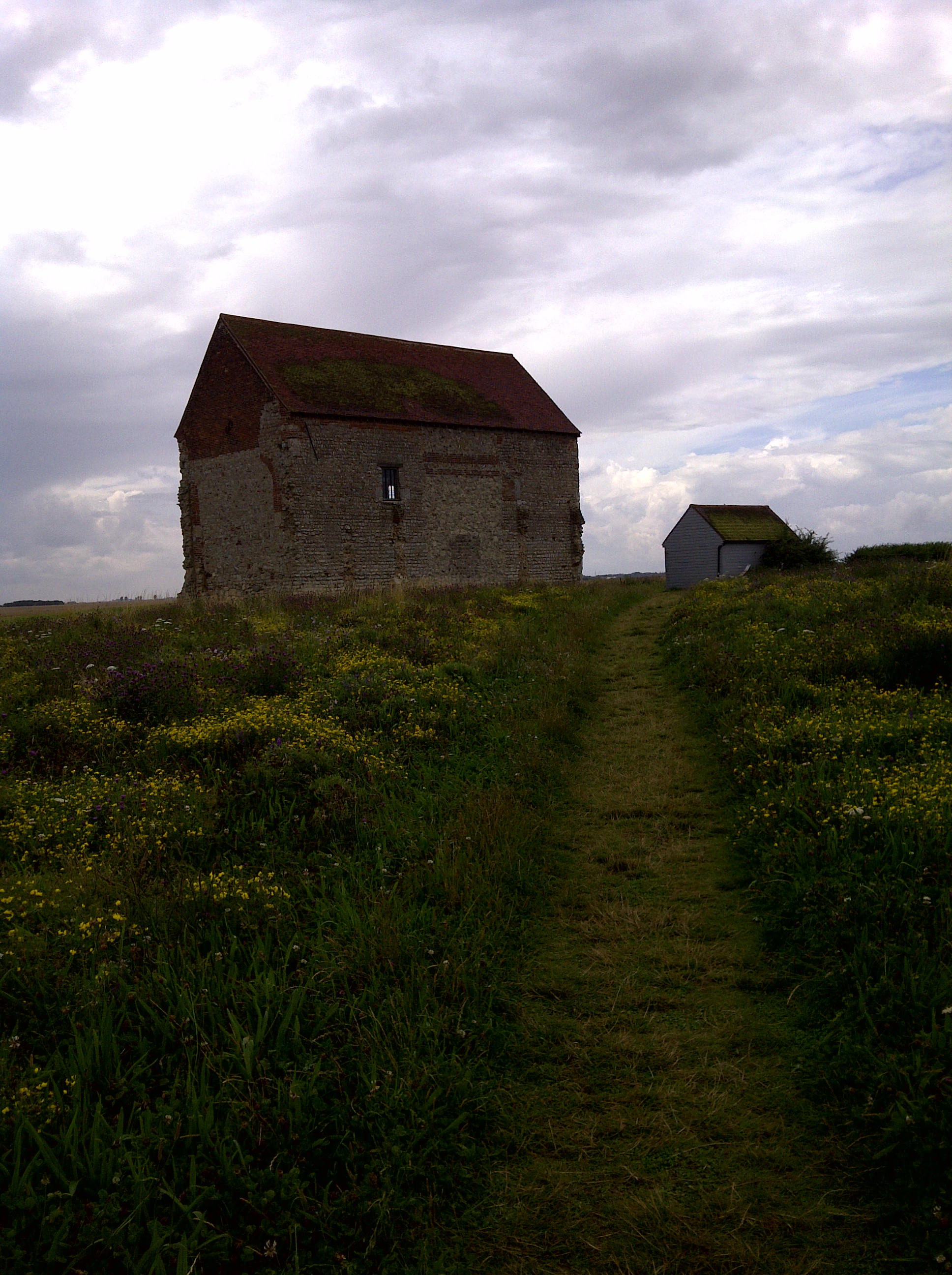 From the approximately the 18th century until 1920, the Chapel was used as a barn for storage and the shelter for cattle.
From the approximately the 18th century until 1920, the Chapel was used as a barn for storage and the shelter for cattle. 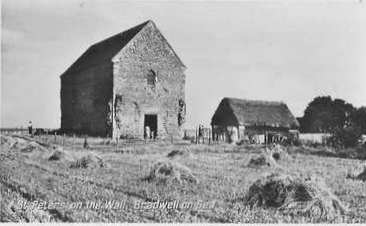 A postcard from when the chapel was still used for storage and cattle
A postcard from when the chapel was still used for storage and cattle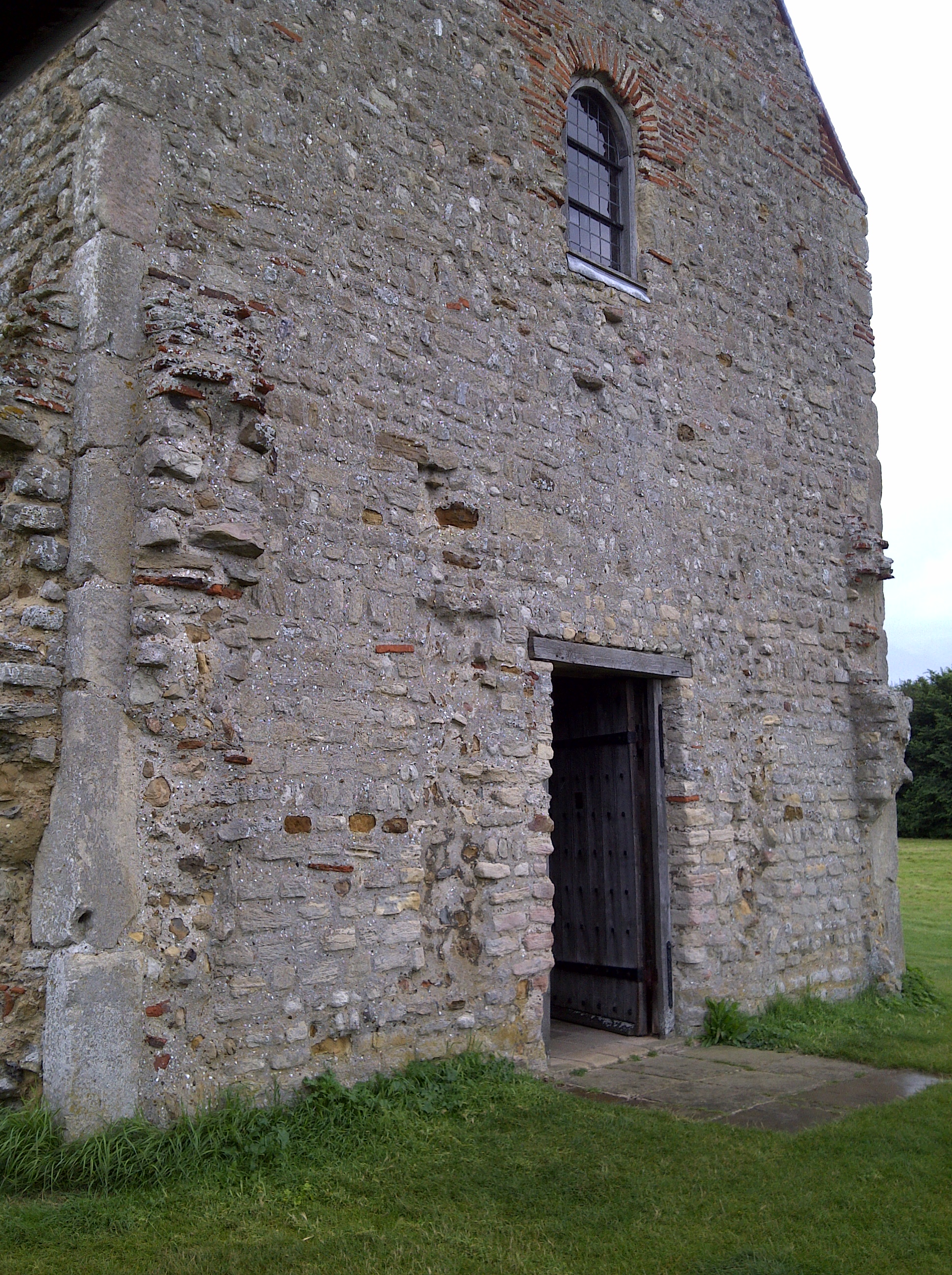 The door leading into the chapel
The door leading into the chapel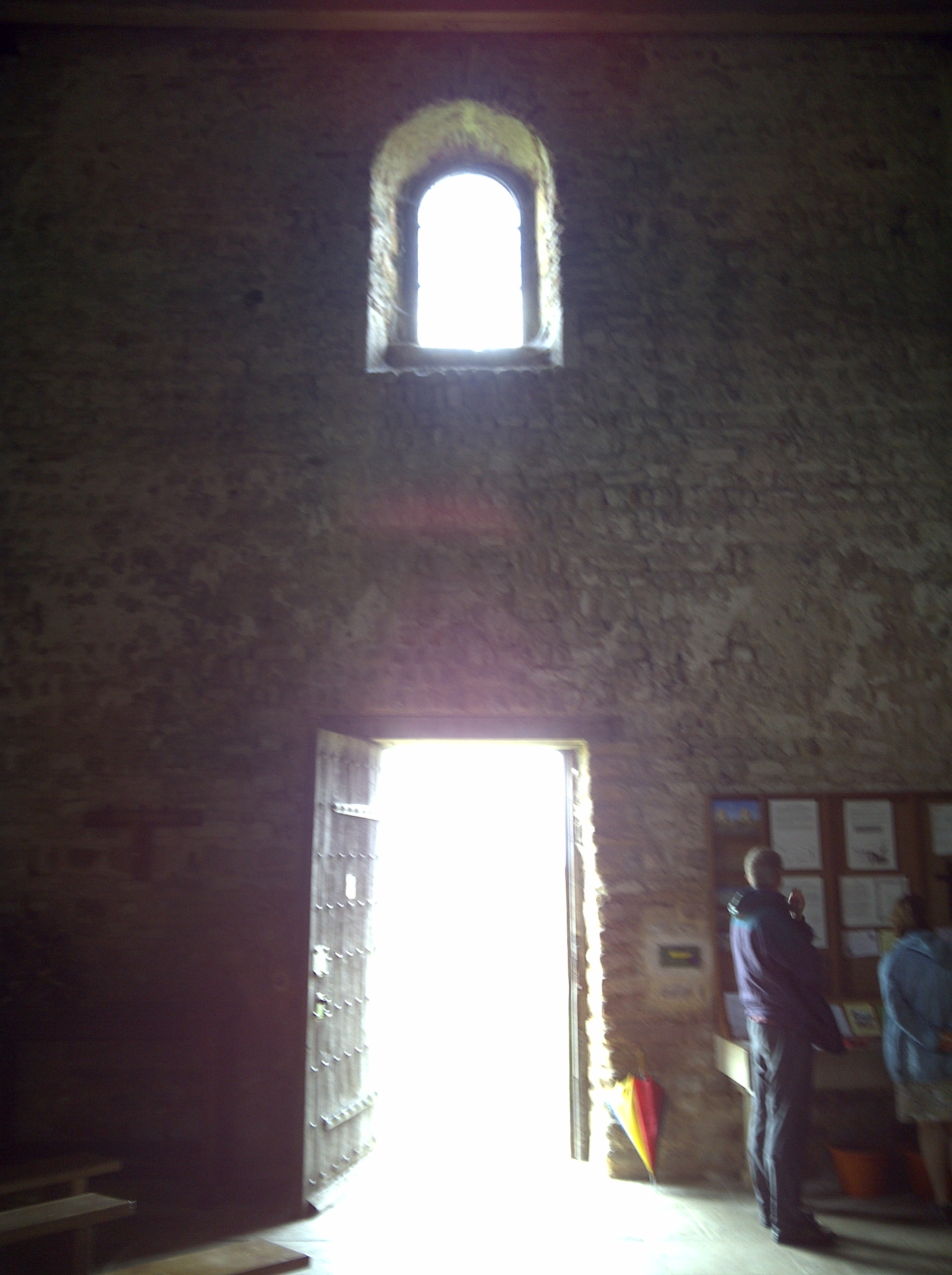
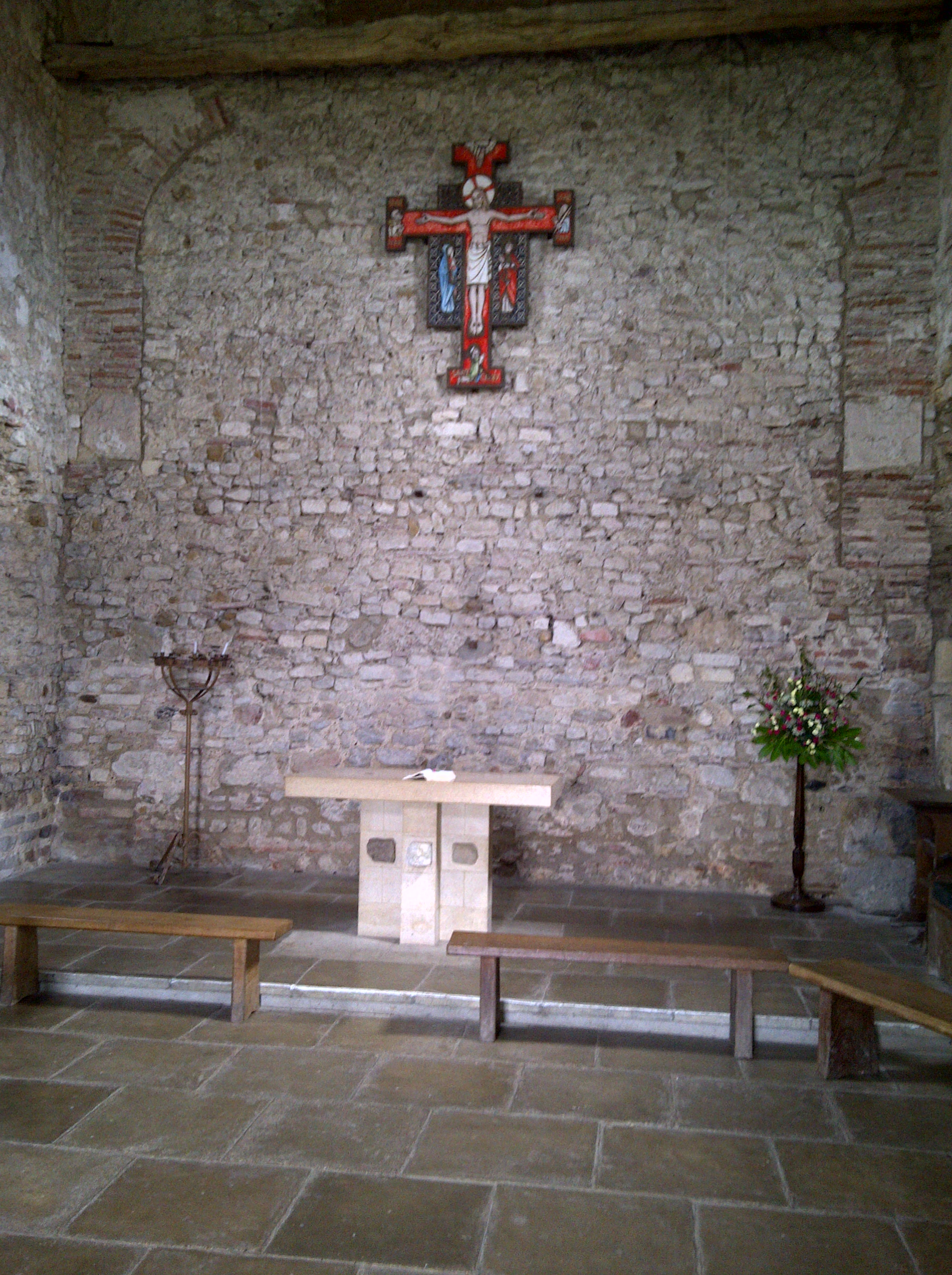
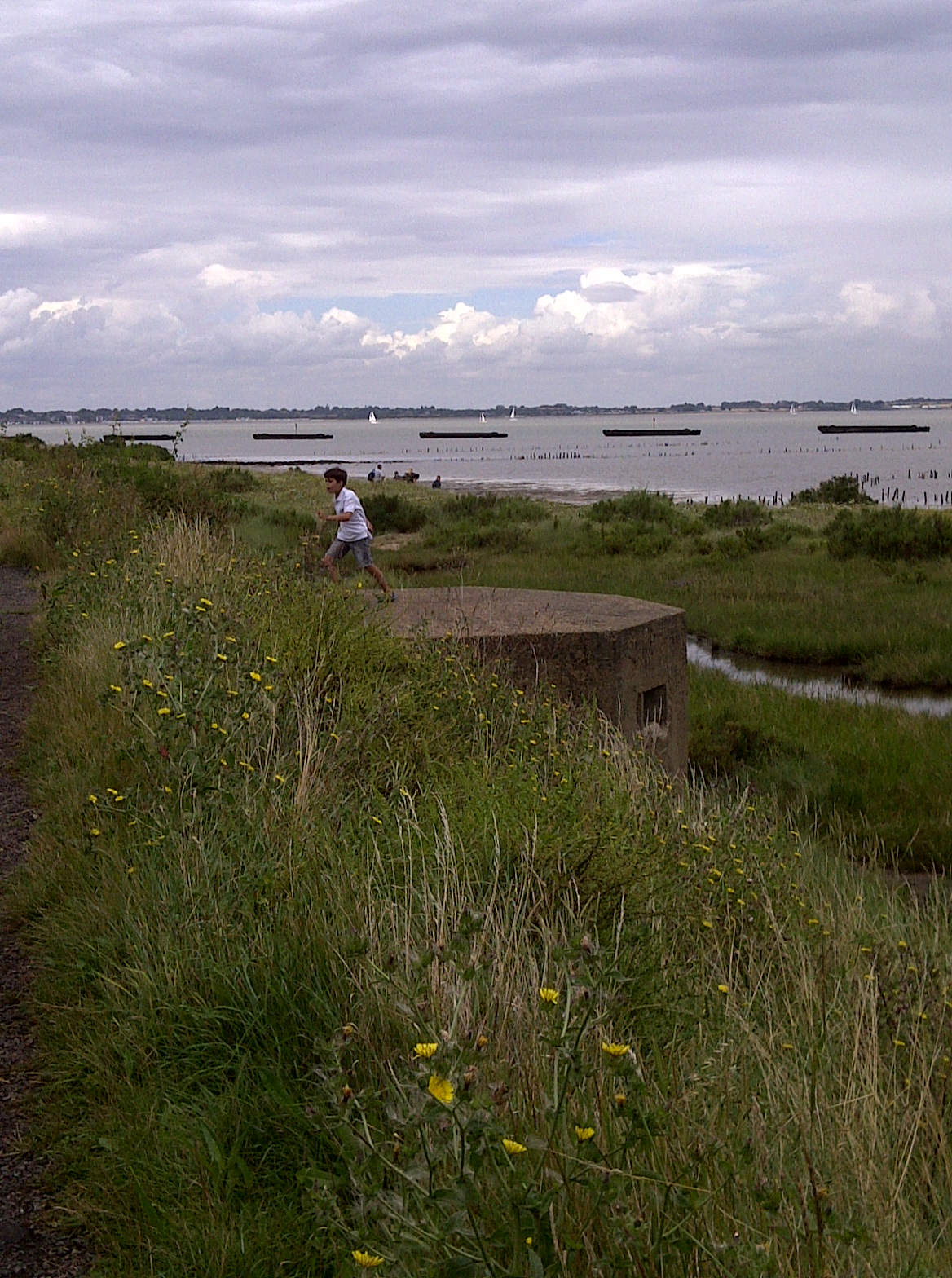 Outside the Chapel on the sea wall. This part of the Essex coast-line is full of Second World War Pill Boxes – a line of sea defences built to protect England from any possible German invasion. The wild sea and mud of the salt marshes have reclaimed many of the pillboxes
Outside the Chapel on the sea wall. This part of the Essex coast-line is full of Second World War Pill Boxes – a line of sea defences built to protect England from any possible German invasion. The wild sea and mud of the salt marshes have reclaimed many of the pillboxes 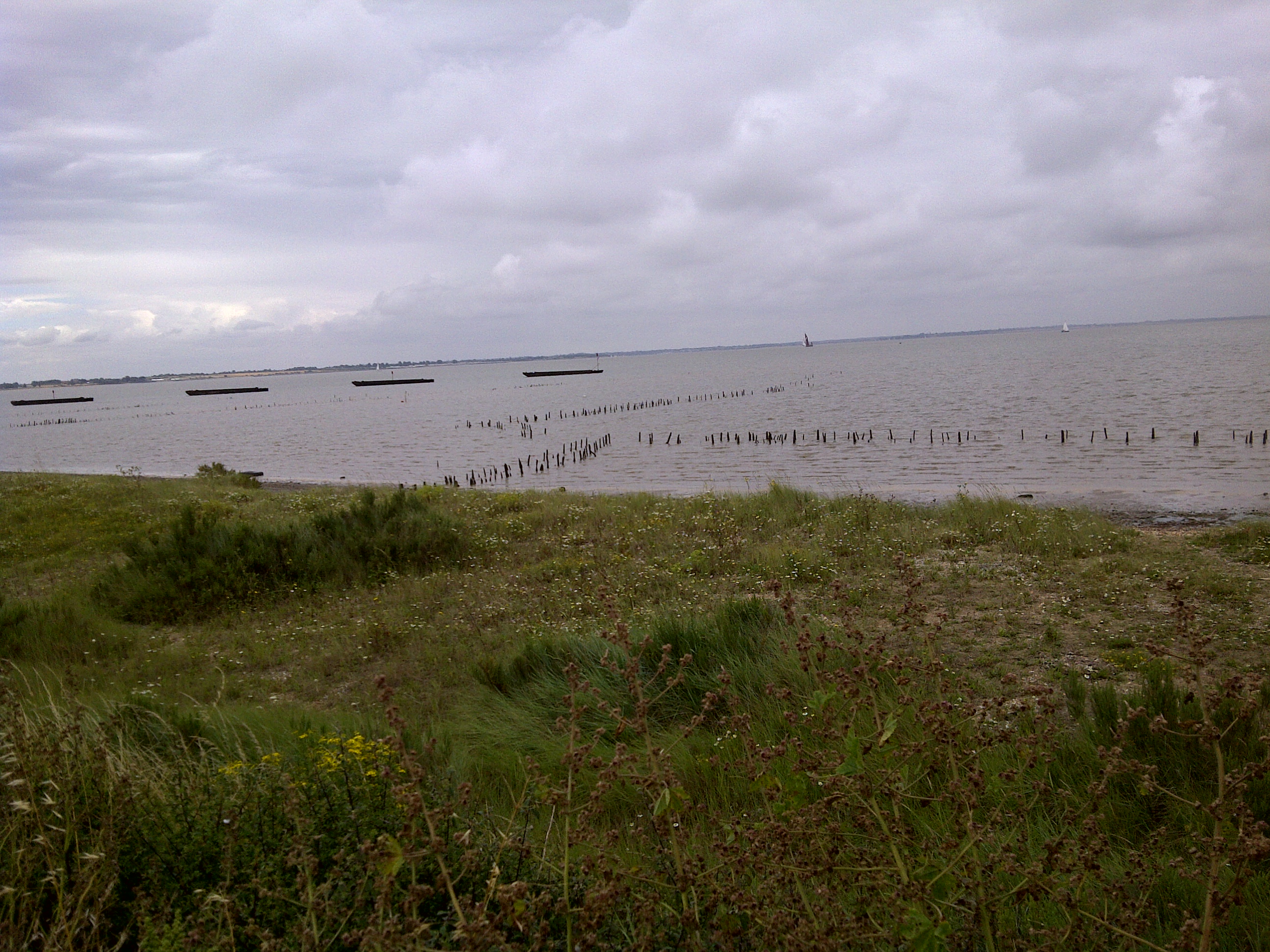 An ancient fishing structure still visible in the water even at mid-tide
An ancient fishing structure still visible in the water even at mid-tide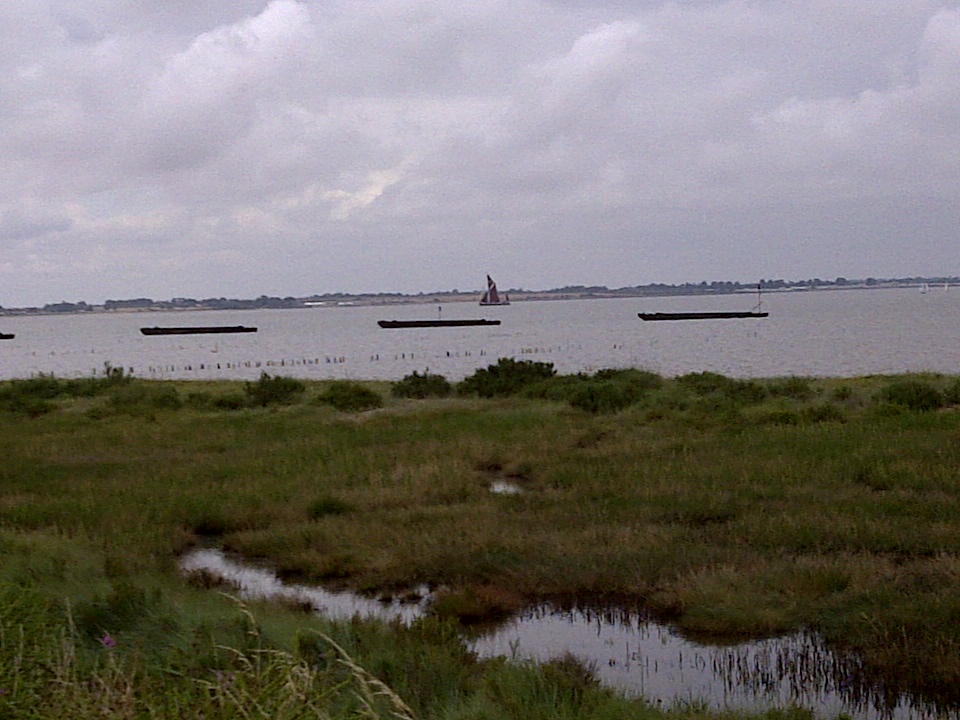 The red sails of a magnificent Thames Barge clearly visible in the distance.
The red sails of a magnificent Thames Barge clearly visible in the distance.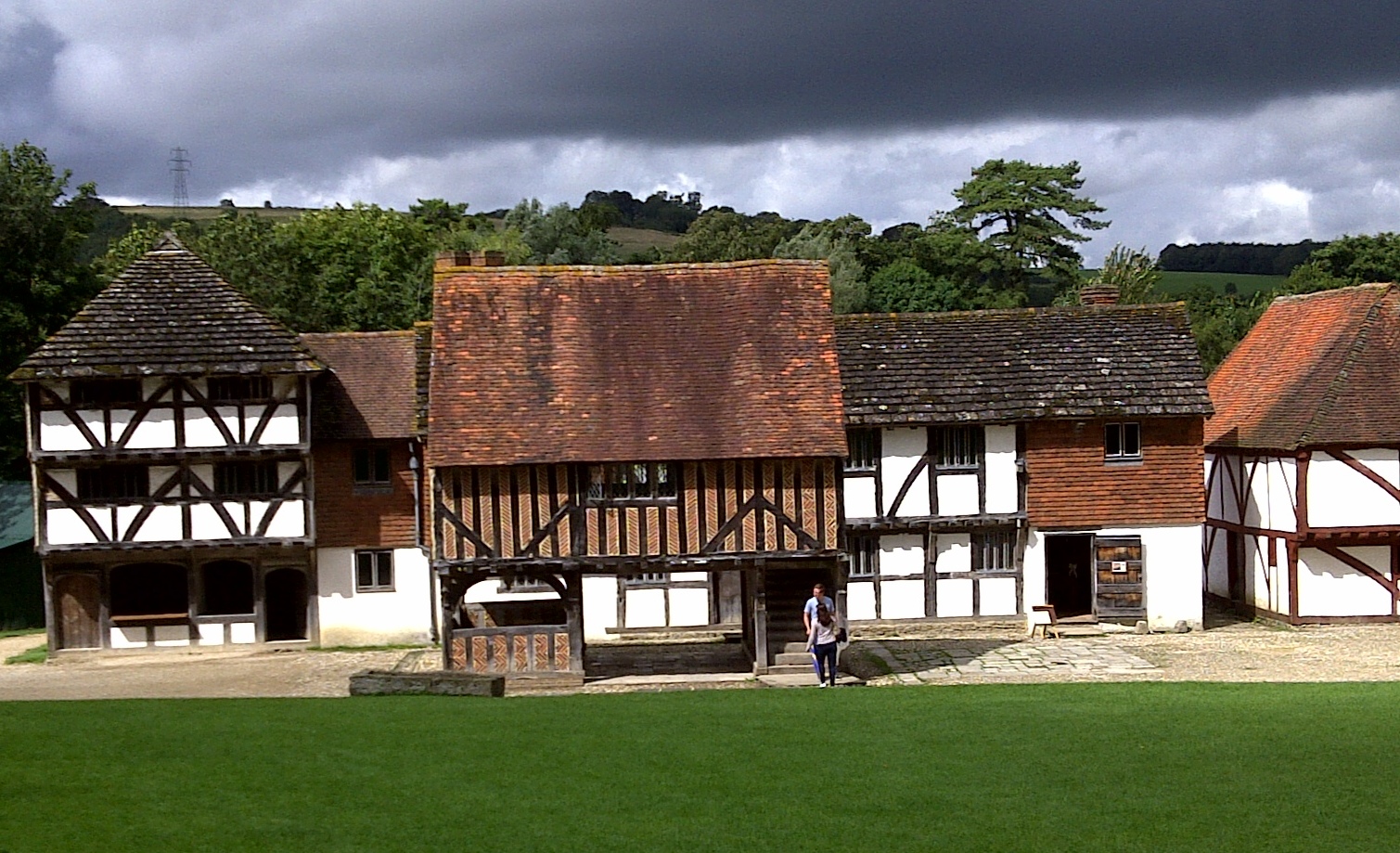 Storm clouds gathering over the market place.
Storm clouds gathering over the market place.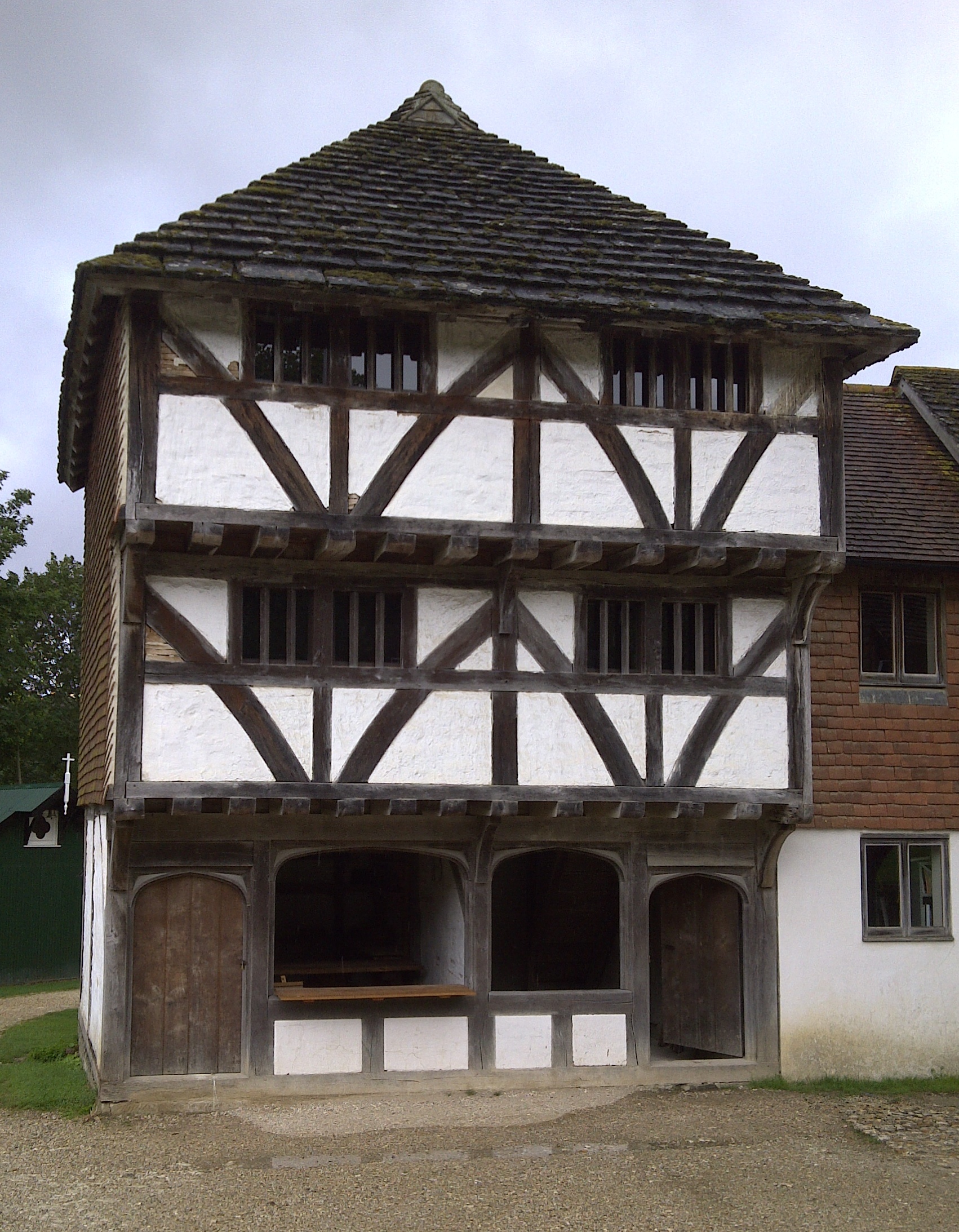 Medieval Shop from Horsham, Sussex.
Medieval Shop from Horsham, Sussex.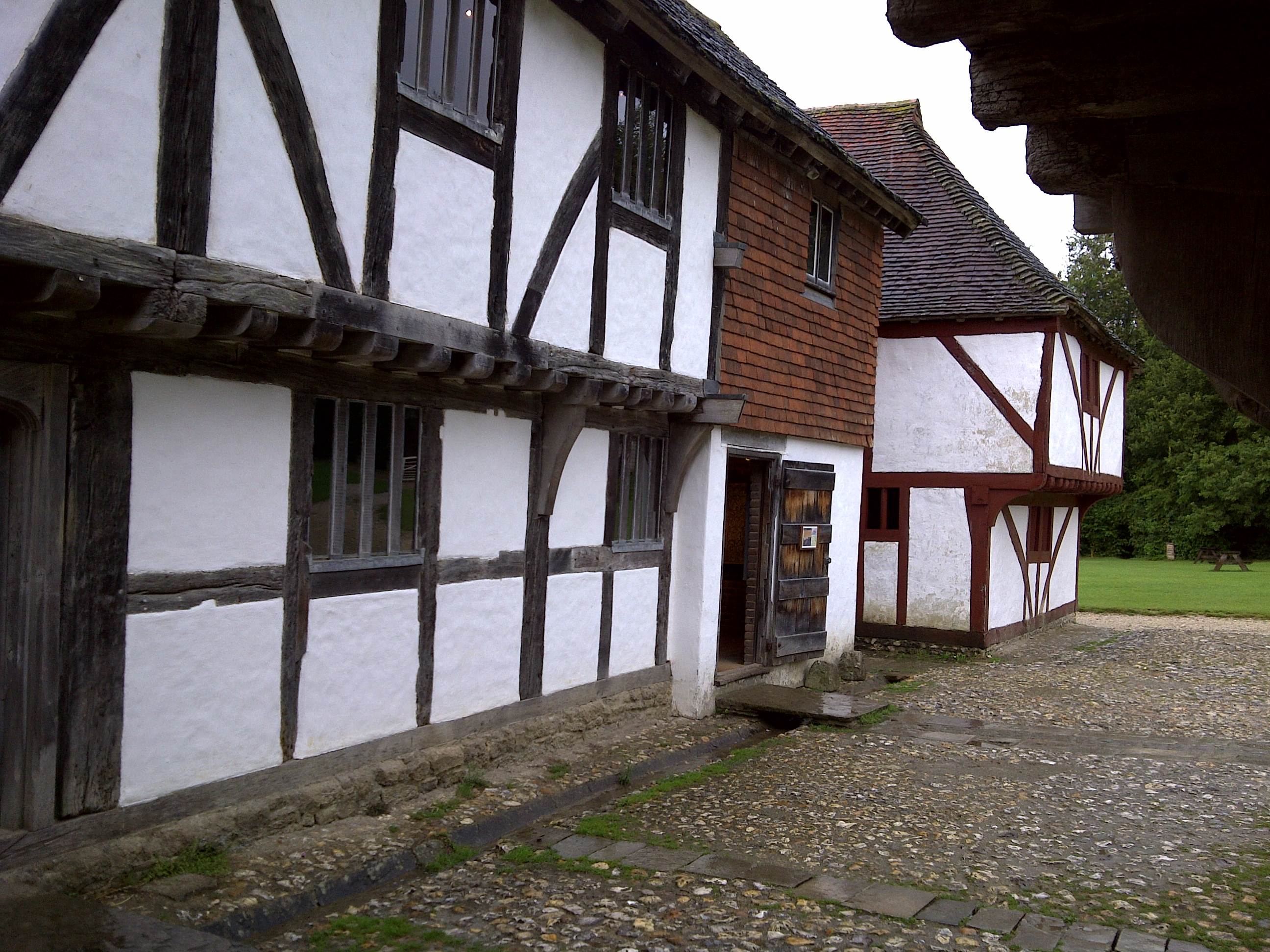 Upper Hall from Crawley (circa 1500). The ground floor was divided into separate rooms and the first floor was one long open room (perhaps used as a meeting room). Both ends of the building are not the original (only one end is visible in my picture – in the centre) – they are modern ends added because the original ends no longer exist.
Upper Hall from Crawley (circa 1500). The ground floor was divided into separate rooms and the first floor was one long open room (perhaps used as a meeting room). Both ends of the building are not the original (only one end is visible in my picture – in the centre) – they are modern ends added because the original ends no longer exist.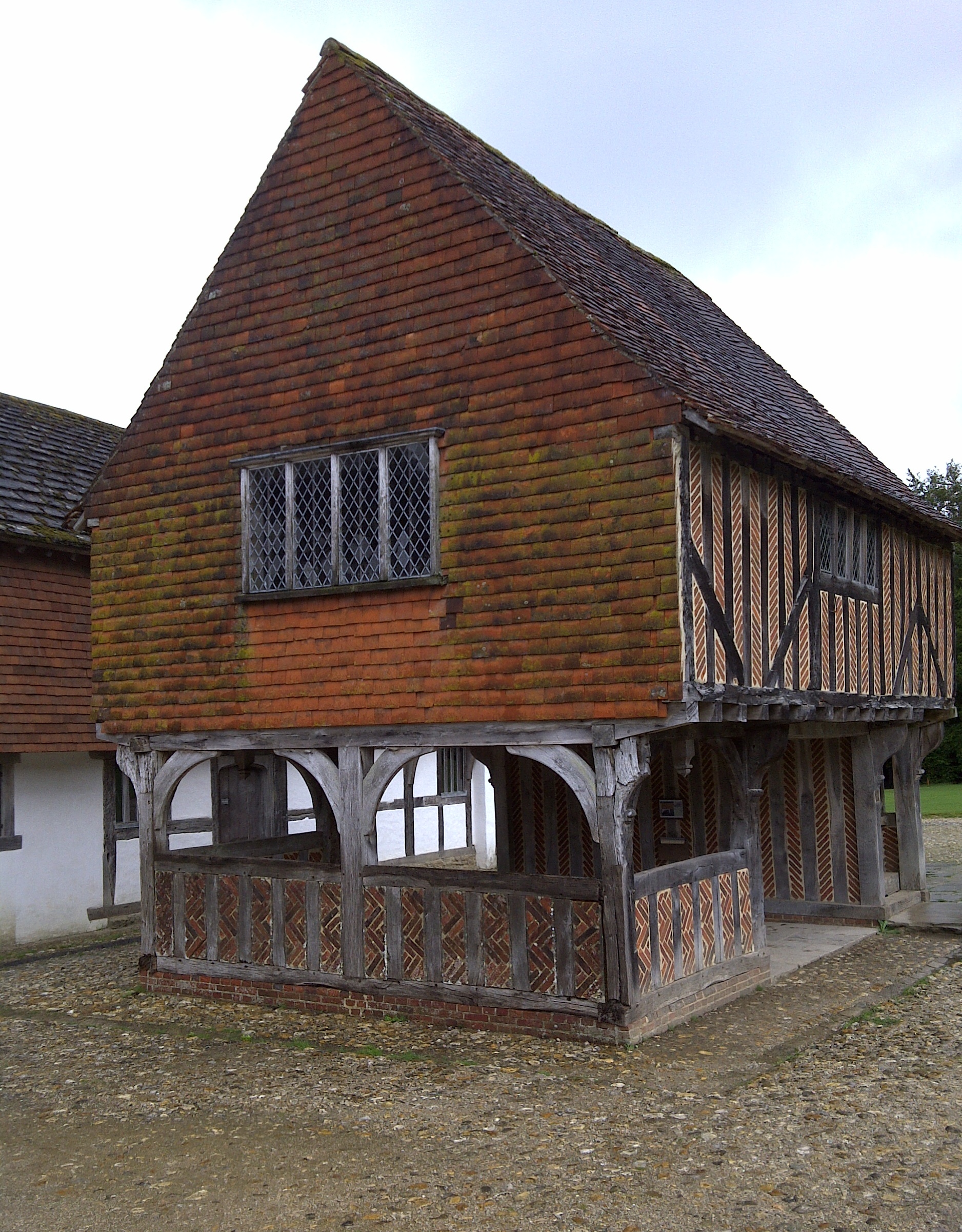
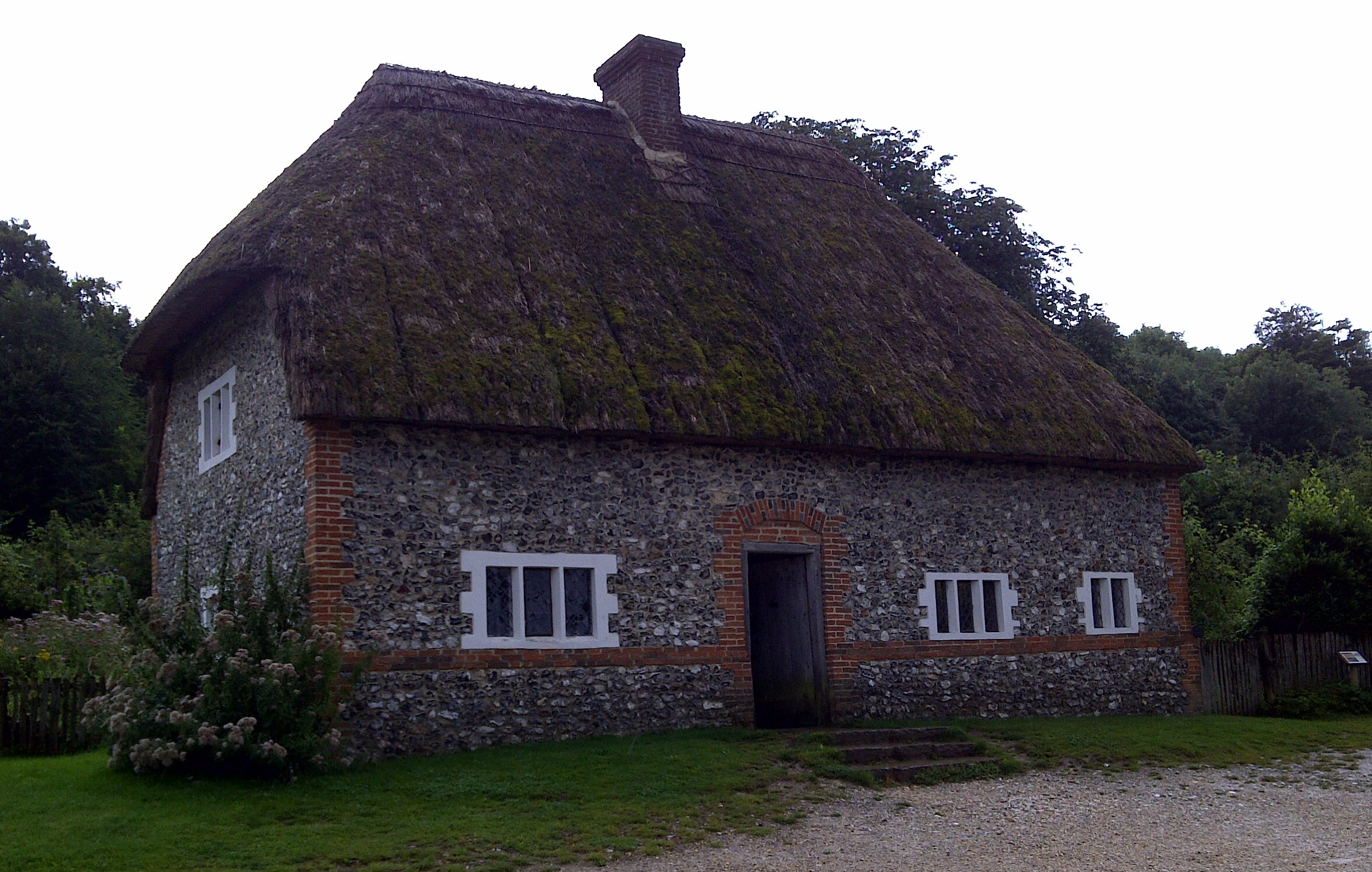 House from Walderton, Sussex. This is a 17th century building constructed of flint and brick. This was our 2nd favourite building of the day – mainly because one of the museum’s wonderful volunteer helpers spent a long time talking to my child about the house. We were shown the indentations on the cobbles by the hearth (inside) caused by hob-nailed boots where the man of the house used to stand and shuffle, trying to warm himself in front of the fire. We were shown how the building was constructed and altered over hundreds of years of occupation to suit each new generation. The front door was of great fascination because of the over-sized lock! All the nooks and crannies within this incredible house was scrutinized and studied in depth through the eyes of an 8 year old child. The volunteers and staff love their museum and I thank them for the patience and trouble they took with my child.
House from Walderton, Sussex. This is a 17th century building constructed of flint and brick. This was our 2nd favourite building of the day – mainly because one of the museum’s wonderful volunteer helpers spent a long time talking to my child about the house. We were shown the indentations on the cobbles by the hearth (inside) caused by hob-nailed boots where the man of the house used to stand and shuffle, trying to warm himself in front of the fire. We were shown how the building was constructed and altered over hundreds of years of occupation to suit each new generation. The front door was of great fascination because of the over-sized lock! All the nooks and crannies within this incredible house was scrutinized and studied in depth through the eyes of an 8 year old child. The volunteers and staff love their museum and I thank them for the patience and trouble they took with my child.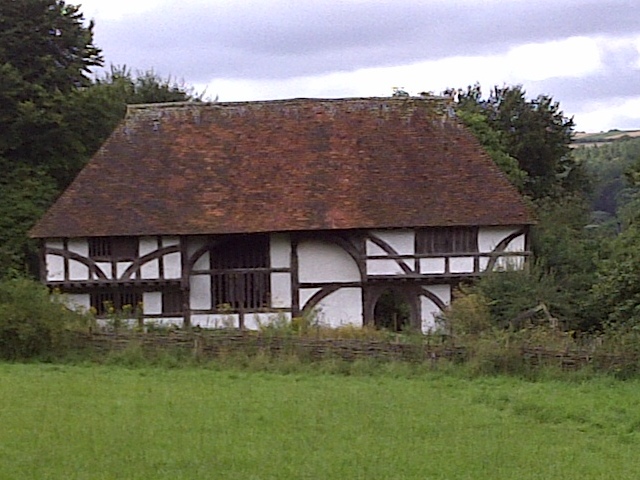 ‘Bayleaf Farmstead’ – Wealden House from Chiddingstone, Kent.
‘Bayleaf Farmstead’ – Wealden House from Chiddingstone, Kent.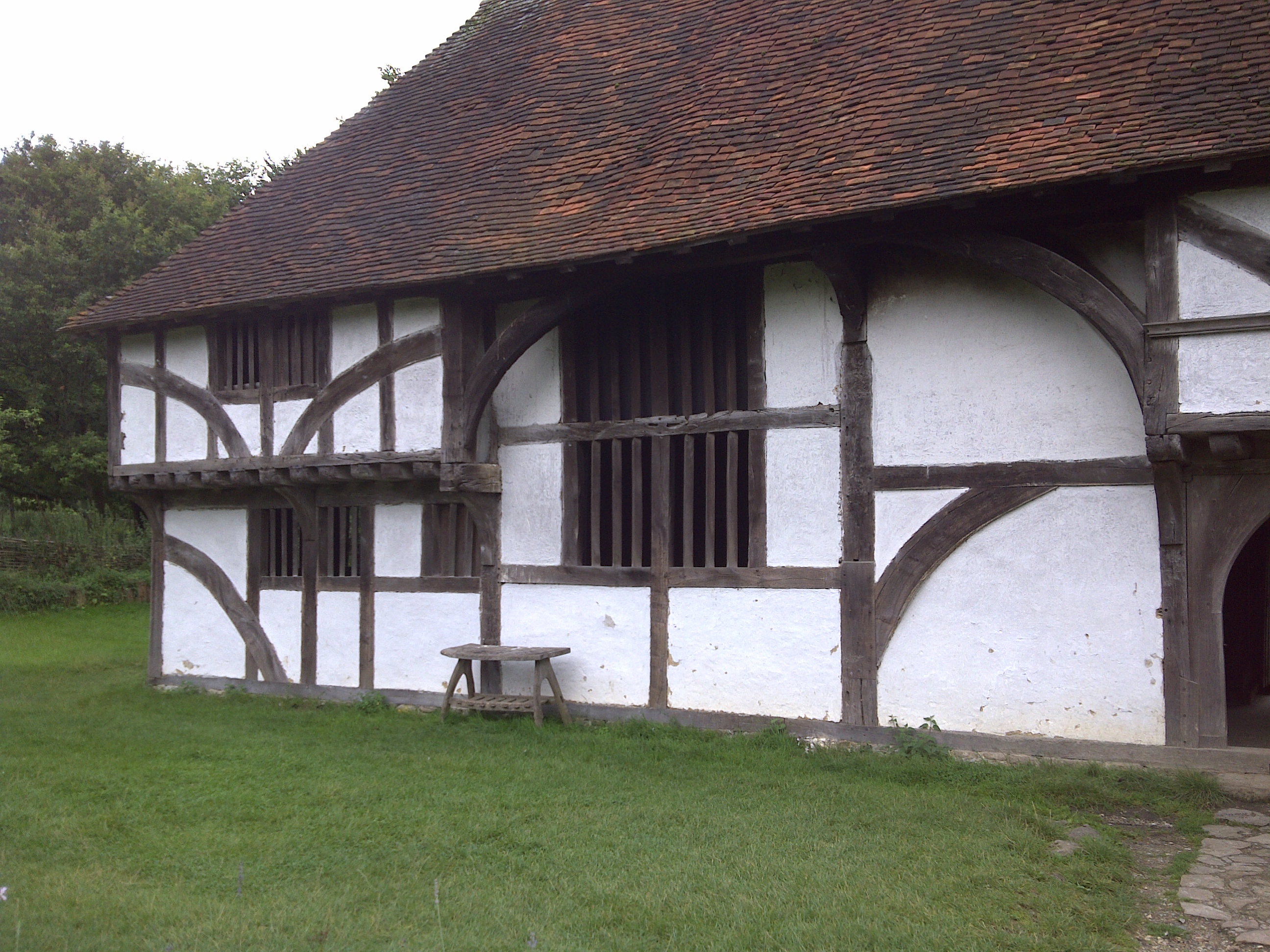 ‘Bayleaf Farmstead’ – Wealden House from Chiddingstone, Kent.
‘Bayleaf Farmstead’ – Wealden House from Chiddingstone, Kent.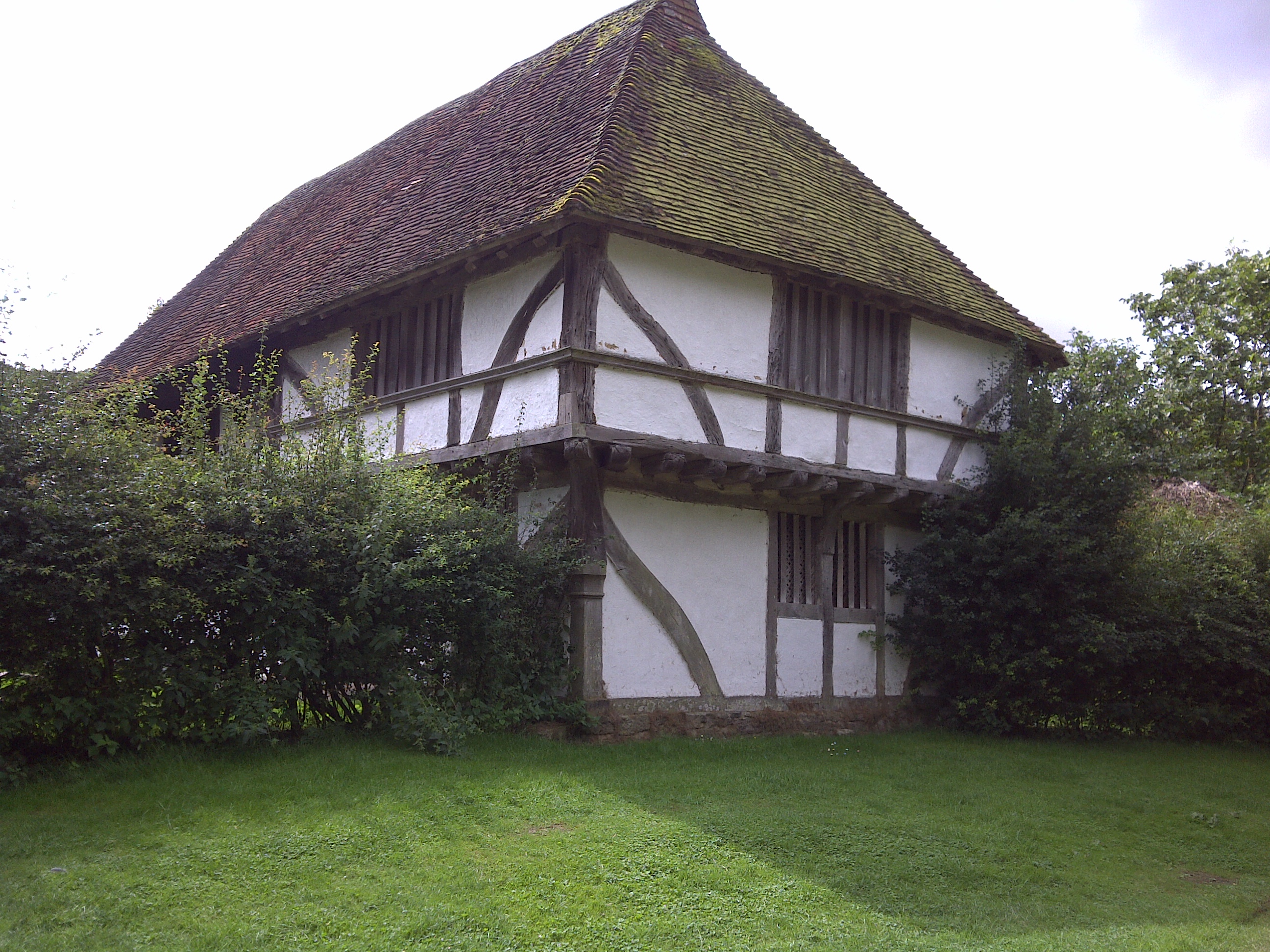 ‘Bayleaf Farmstead’ – Wealden House from Chiddingstone, Kent. A timber-framed hall-house from the early 15th century.
‘Bayleaf Farmstead’ – Wealden House from Chiddingstone, Kent. A timber-framed hall-house from the early 15th century.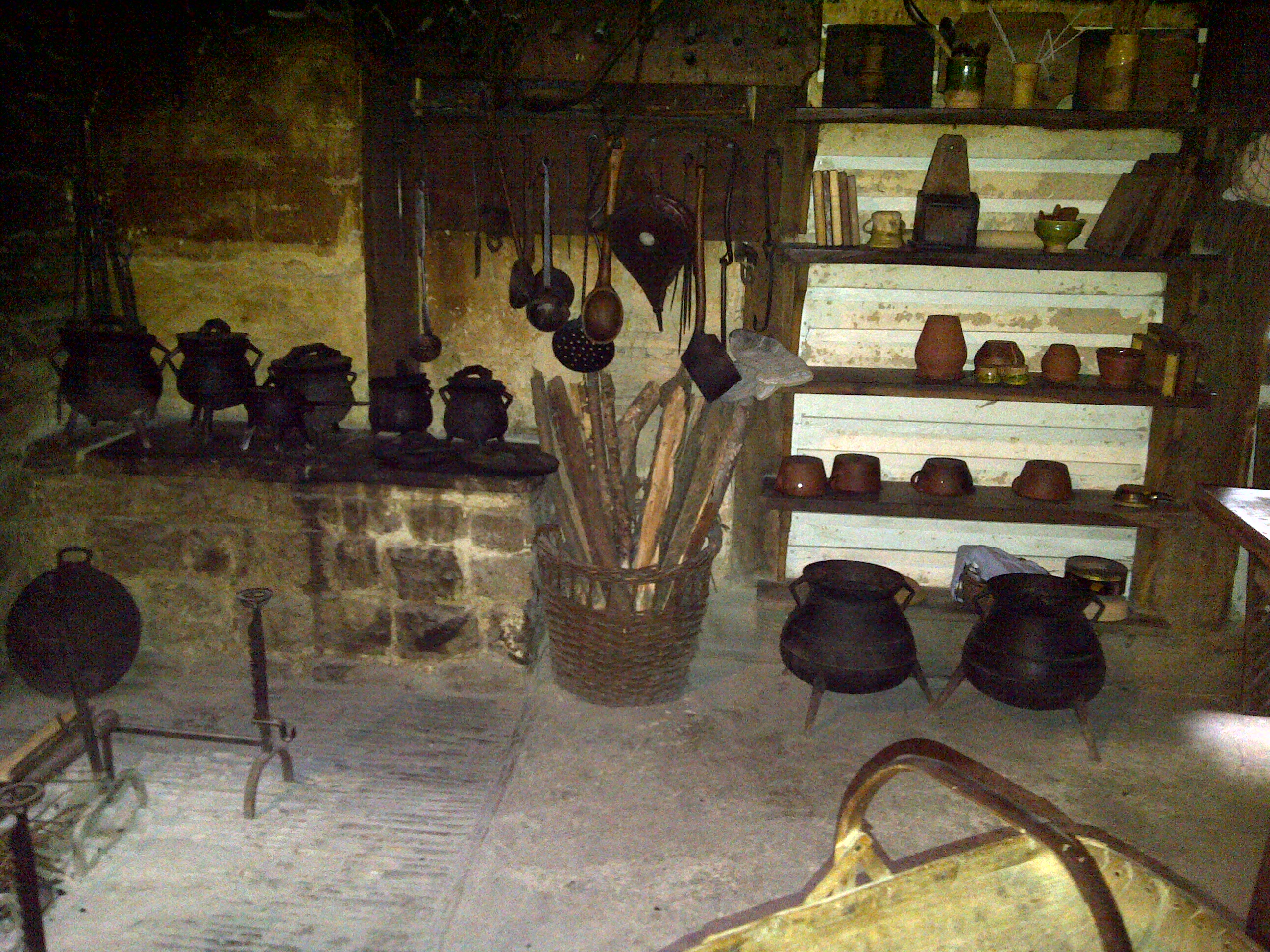 Inside the Wealden House from Chiddingstone.
Inside the Wealden House from Chiddingstone.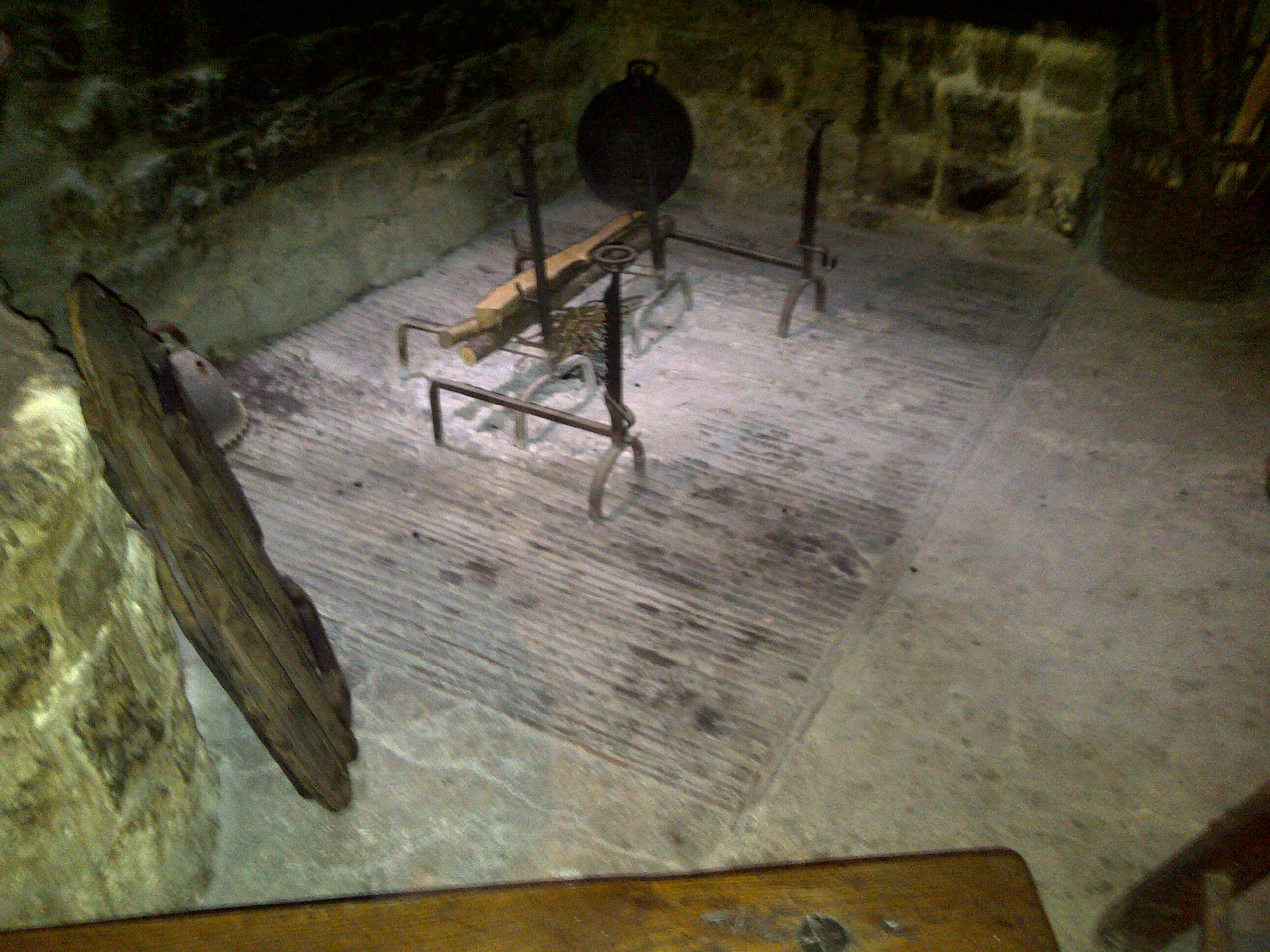 Inside the Wealden House from Chiddingstone – the open fire place.
Inside the Wealden House from Chiddingstone – the open fire place.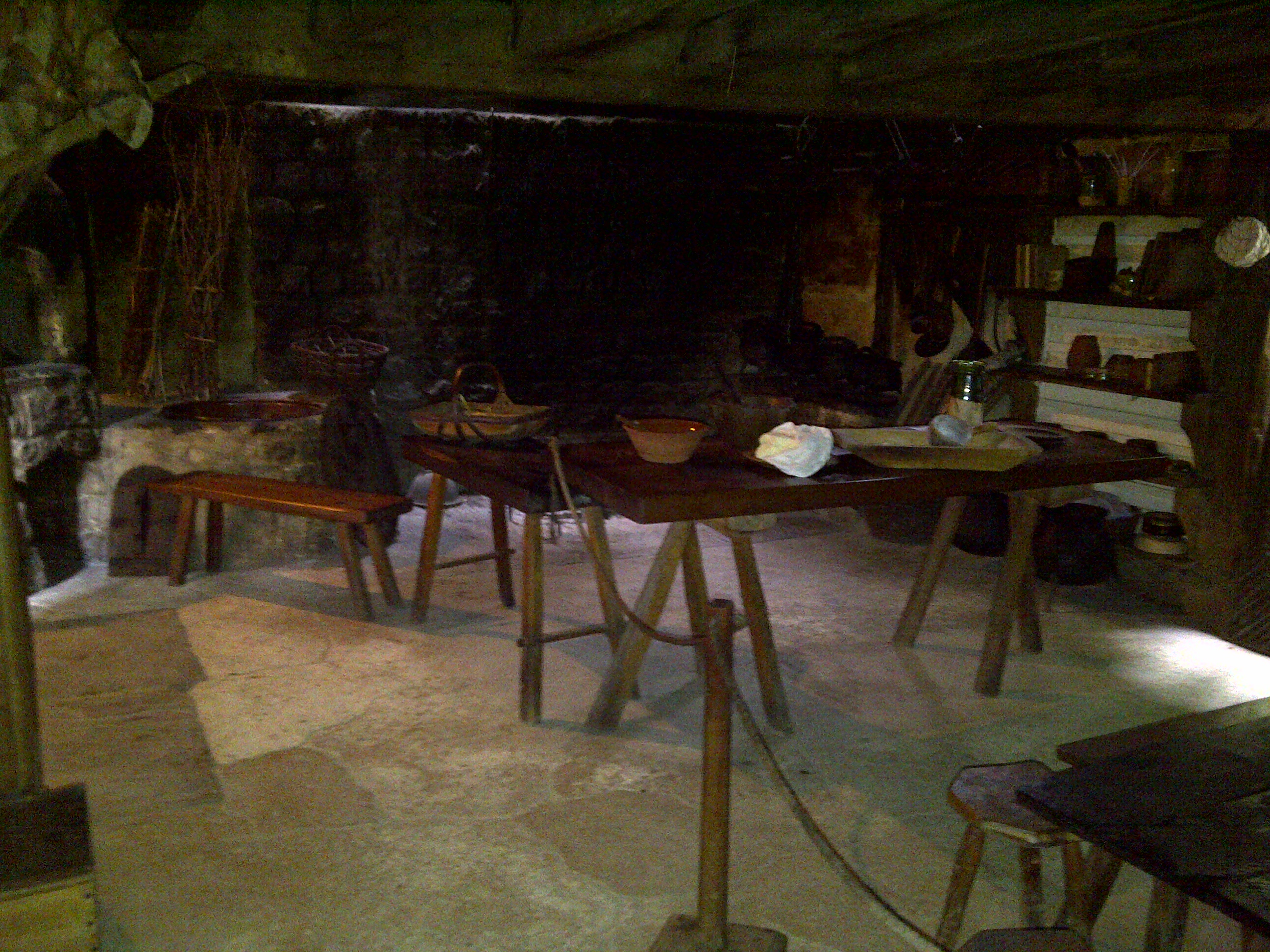 Inside the Wealden House from Chiddingstone – the kitchen area.
Inside the Wealden House from Chiddingstone – the kitchen area.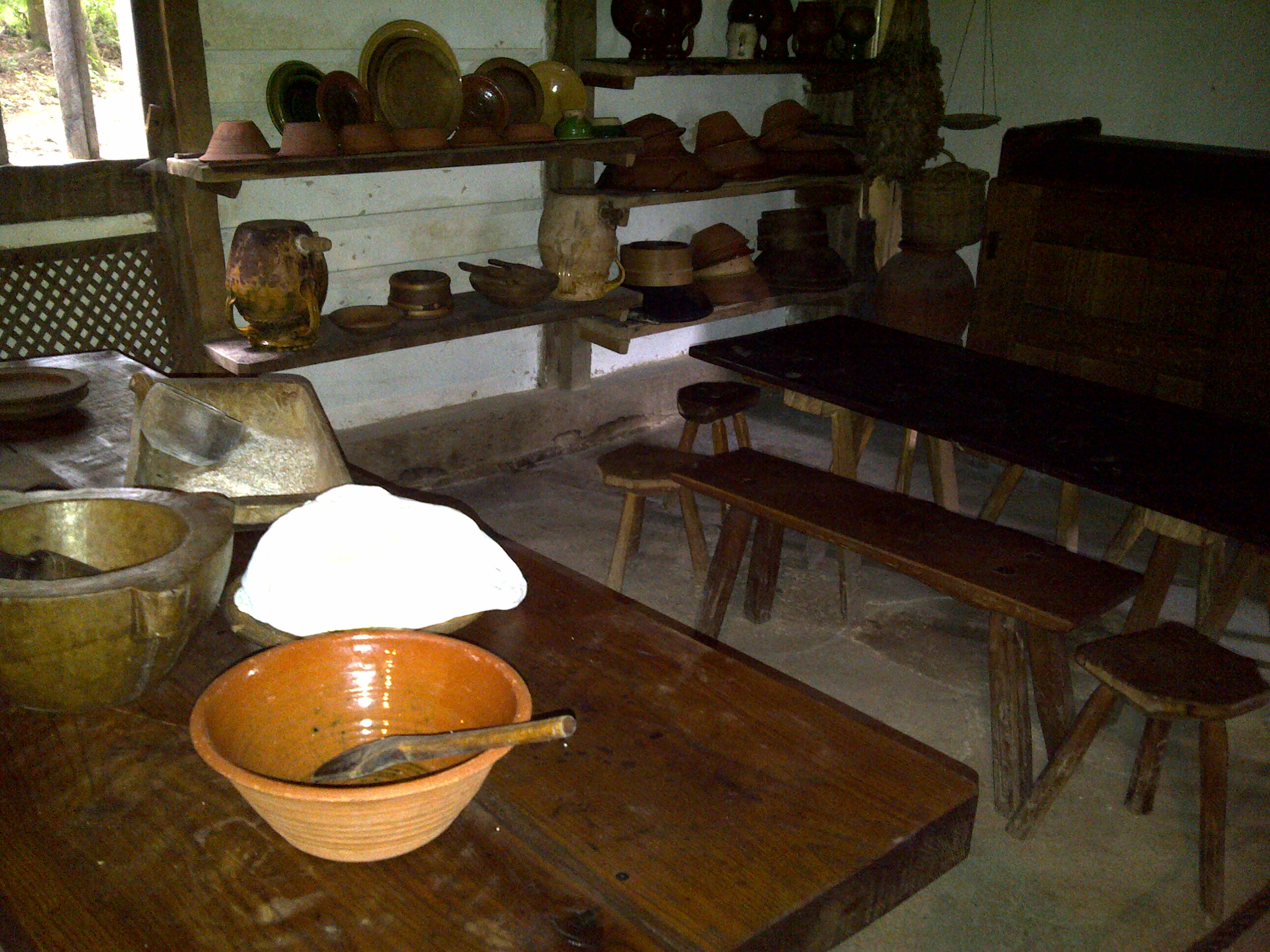 Inside the Wealden House from Chiddingstone – the kitchen area.
Inside the Wealden House from Chiddingstone – the kitchen area.
